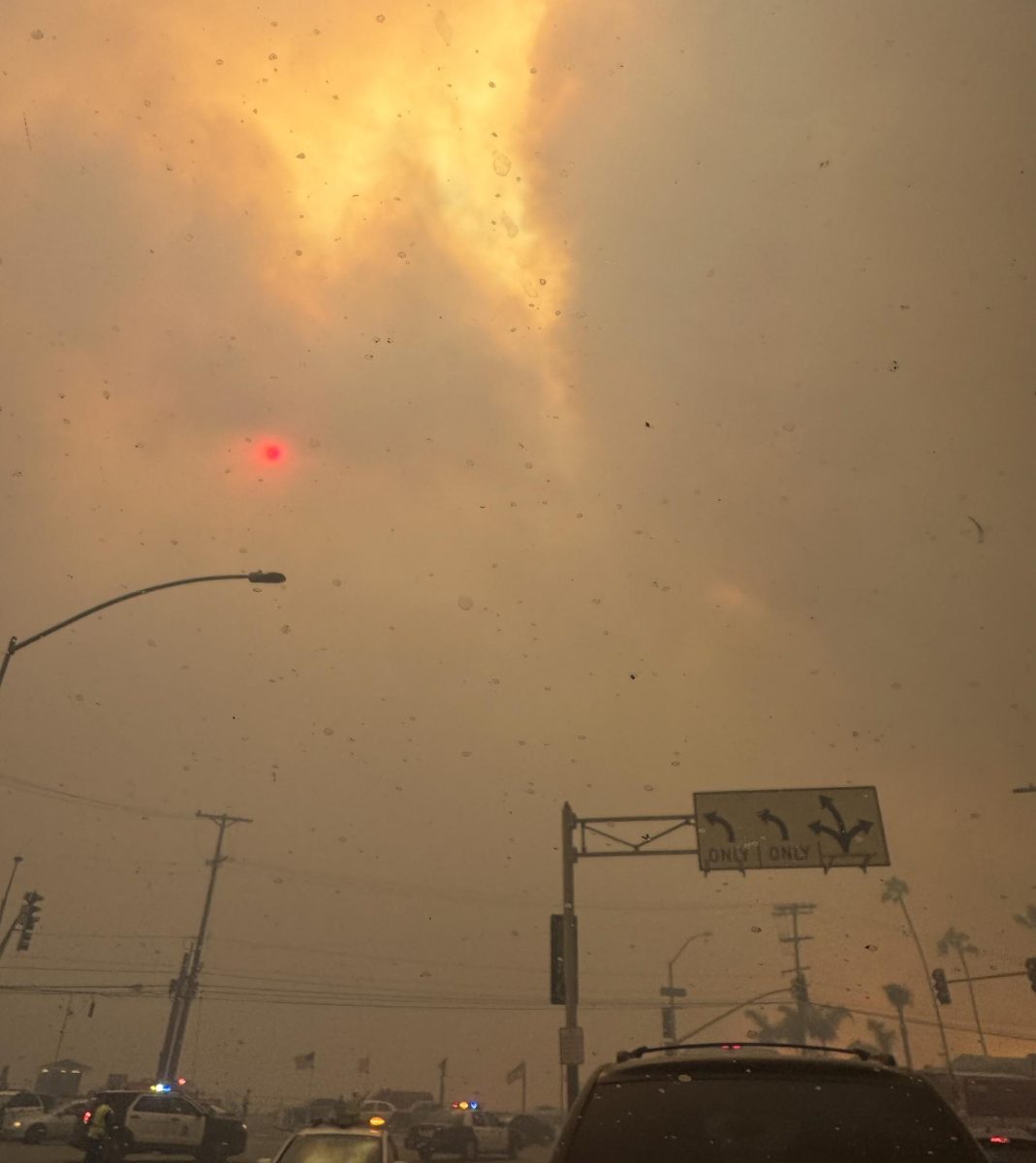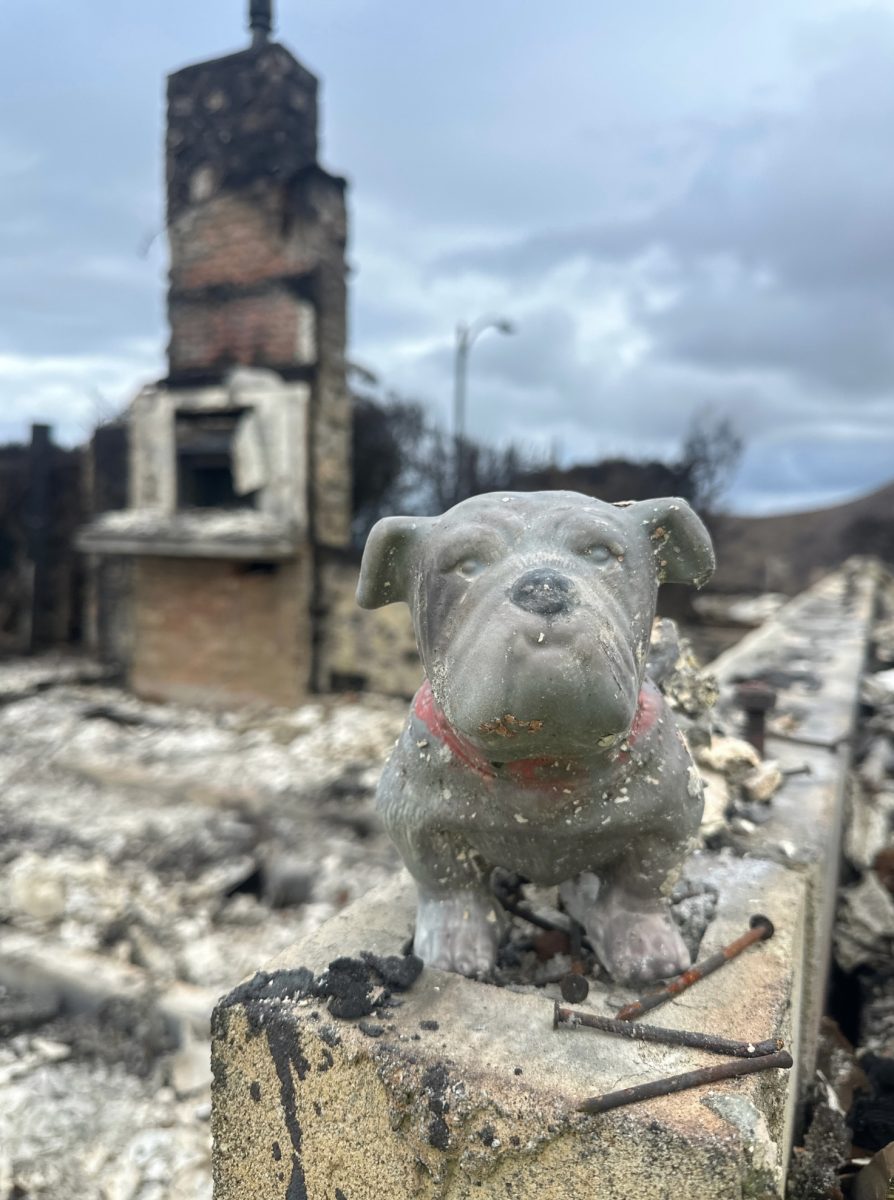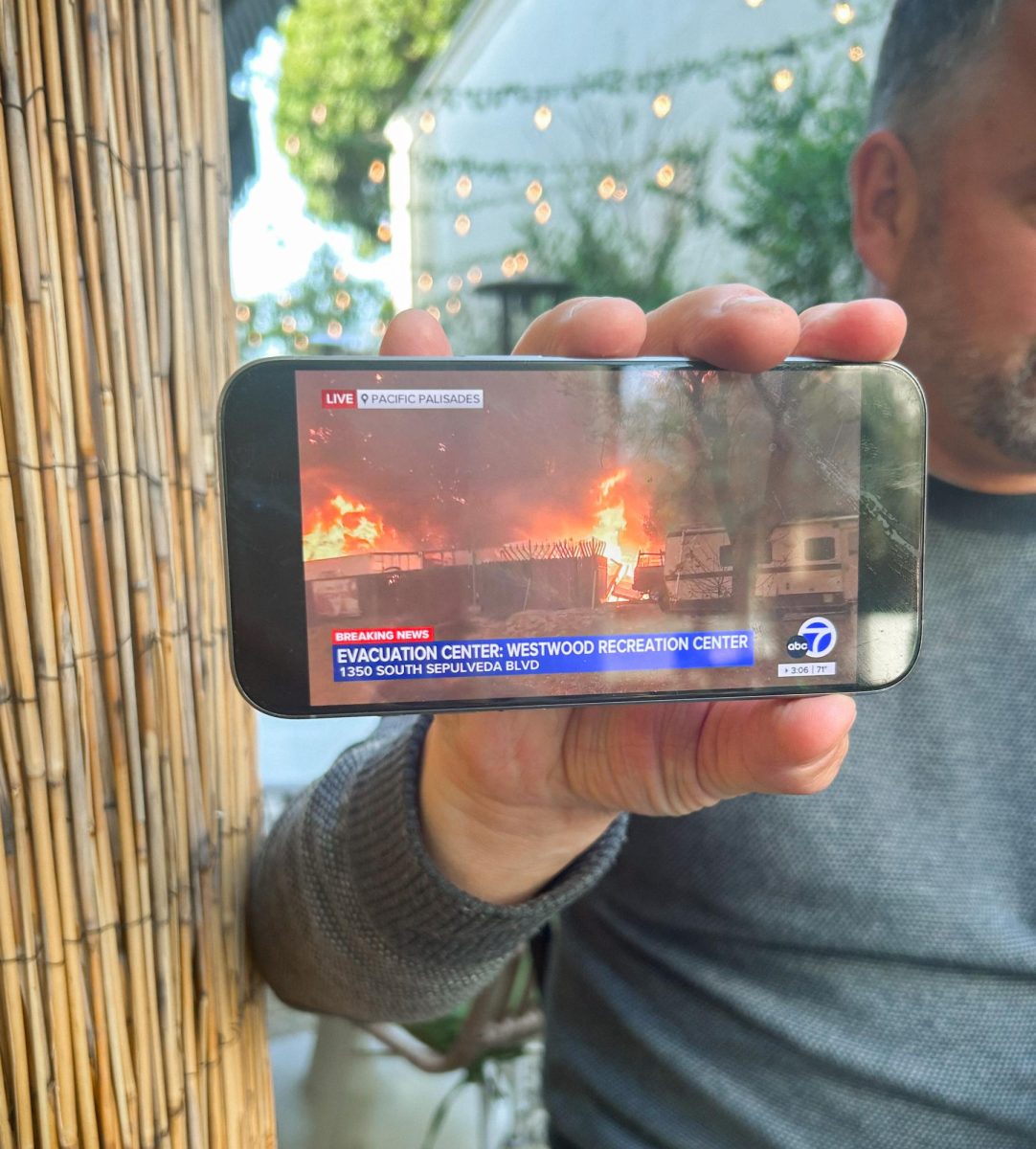How “13 Reasons Why” glorifies suicide
June 2, 2017
Recently, Netflix announced that the popular TV show “13 Reasons Why” will be returning to small screens for its second season. Since its debut at the end of March, “13 Reasons Why” has captivated the hearts of young adults and suddenly become everyone’s #1 binge-worthy show. Naturally, with this upbringing of popularity comes controversy. However, it’s for a good reason.
Based off of a book about a teenage girl who gives tape recordings to those who lead her to commit suicide, the writers of “13 Reasons Why” sought to depict suicide in “unflinching” detail. While some naïve teenagers might be convinced of its good intentions, the show has received negative feedback from many mental health experts as well as more discerning members of the public.
Though the writers claim that they are trying to shed some light upon the severity of suicide, in reality they glorify it and paint an inaccurate portrait of mental health for impressionable teenagers across the world.
As expected of Hollywood entertainment, chemistry is created between the two protagonists Hannah Baker and Clay Jensen for the sake of establishing romance. Hannah Baker, the girl who commits suicide, and Clay Jensen, one of the people featured on her tapes, became romantically involved before Hannah killed herself.
In an article on CNN, Mark Henick stated, “They… make suicide seem romantic by putting it in the context of a Hollywood plot line.”
Thus, viewers became more involved with the romantic aspect of the show rather than becoming more sensitive to the potent issues it attempts to address. And so the depiction of two lovers in high school really makes it seem as if suicide was a storyline taken out of a cheesy rom-com, when in reality, it is far more messy and should not be seen as entertainment.
Furthermore, the American Foundation for Suicide Prevention lists “exposure to another person’s suicide, or to graphic or sensationalized accounts of suicide,” which the show takes pride in doing, as a risk factor for those with depression. Keeping this in mind, “13 Reasons Why” has failed to address the plotline with the seriousness it deserves, allowing the public to derive humor out of a topic that should not be taken so lightly.
Due to its widespread popularity, the public has reacted to the show with memes such as “welcome to your tape” along with thousands of Tumblr pages bashing on supporting characters and “shipping” Hannah and Clay together. There are gifs, there are tweets and there are even promposals. Oh yes, there are “13 Reasons Why” you should go to prom with me” posters adorned with flowers and chocolate roses that completely disregard the seriousness of suicide. Instead of understanding from the show that suicide is a grave matter, many members of Generation Z now use quotes from it as cute ways to ask someone out or as punchlines to a good joke.
Due to the portrayal of suicide on the show, viewers now see bullying as the sole reason behind suicide. We see Hannah cyber-bullied, taunted and sexually harassed by her classmates. While bullying may be an important factor behind suicide, the show does not give any attention to mental illness. Yet according to USA Today, 90 percent of people who commit suicide suffer from mental health problems. So, whether it be bipolar disorders or schizophrenia or substance abuse, “13 Reasons Why” trivializes the concept of suicide to only bullying and sends a message to the world saying: Be kind; it’ll save a life.
An Associated Press article quotes a writer from the show, Brian Yorkey, saying that “many people are accusing the show of glamorizing suicide and I feel strongly — and I think everyone who made the show — feel very strongly that we did the exact opposite. What we did was portray suicide and we portrayed it as very ugly and very damaging.”
However, Yorkey’s words further prove that the creators of the show are failing to understand why it is receiving such heavy backlash. Was sensationalizing Hannah’s suicide — and the implicit suggestion that she was only recognized and appreciated after her death — not a way of painting suicide as a desirable alternative? Was going forth with the graphic depictions of self harm not detrimental to effectively addressing the issue of suicide?
Ultimately, the damage Netflix’s “13 Reasons Why” inflicts may have been unintended, but it echoes in the minds of teenagers whose perspectives are greatly influenced by the media they’re exposed to. Suicide is by all means a serious issue, and allowing it to be misconstrued as a glamorous and desirable alternative is distasteful.
If the creators truly wish to proceed with this hot mess of a show while disregarding the criticism it has received, “13 Reasons Why” will only serve to prove that Hollywood would rather capitalize off of sensitive topics than seriously consider ways that they can use their influence to help society.











